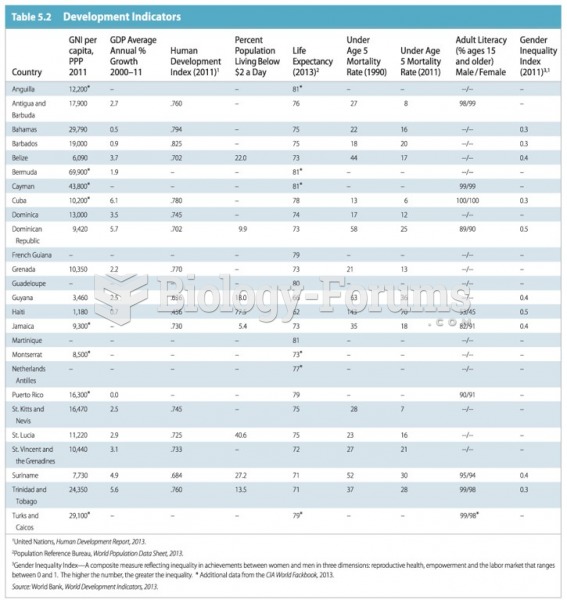|
|
|
Certain chemicals, after ingestion, can be converted by the body into cyanide. Most of these chemicals have been removed from the market, but some old nail polish remover, solvents, and plastics manufacturing solutions can contain these substances.
After 5 years of being diagnosed with rheumatoid arthritis, one every three patients will no longer be able to work.
Eat fiber! A diet high in fiber can help lower cholesterol levels by as much as 10%.
Hippocrates noted that blood separates into four differently colored liquids when removed from the body and examined: a pure red liquid mixed with white liquid material with a yellow-colored froth at the top and a black substance that settles underneath; he named these the four humors (for blood, phlegm, yellow bile, and black bile).
The longest a person has survived after a heart transplant is 24 years.







